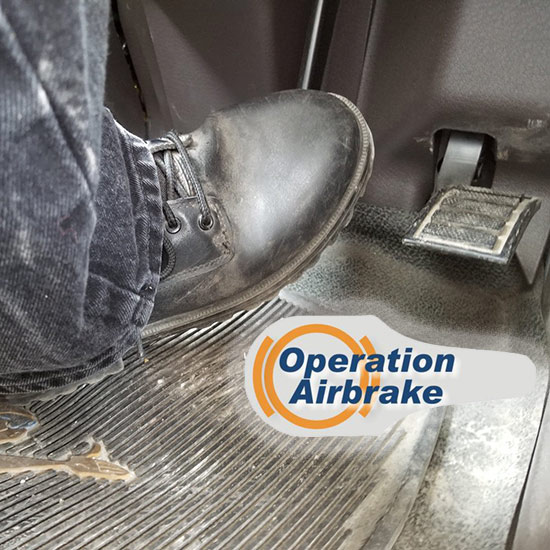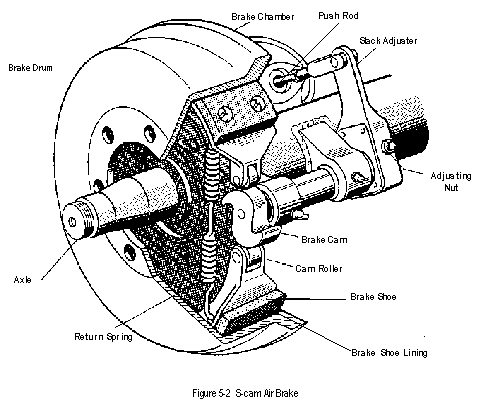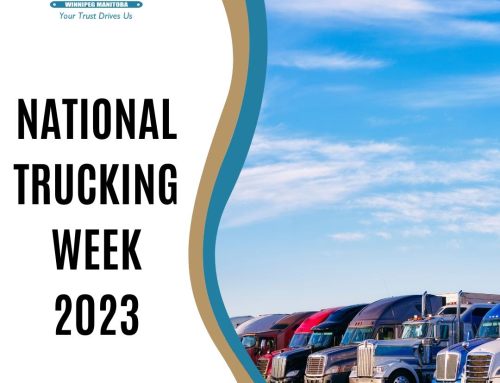 Brake Safety Week, scheduled for September 16 to 22, 2018, is an annual event run by the CVSA that focuses on brake safety and education. The goal is to reduce the number of highway crashes caused by faulty braking systems on commercial motor vehicles by conducting roadside inspections and educating drivers, mechanics, owner-operators and others on the importance of proper brake inspection, maintenance and operation.
Brake Safety Week, scheduled for September 16 to 22, 2018, is an annual event run by the CVSA that focuses on brake safety and education. The goal is to reduce the number of highway crashes caused by faulty braking systems on commercial motor vehicles by conducting roadside inspections and educating drivers, mechanics, owner-operators and others on the importance of proper brake inspection, maintenance and operation.
Out-of-adjustment brakes and brake-system violations combine to represent half of all out-of-service violations issued for commercial motor vehicles on the road. Brake systems that are improperly installed or poorly maintained can reduce the braking capacity and stopping distance of trucks or buses, a serious safety risk.
Inspection Procedure
During Brake Safety Week, CMV inspectors will conduct brake system inspections (primarily Level IV Inspections) on large trucks and buses throughout North America to identify out-of-adjustment brakes and brake-system violations. Inspectors will:
- Check air brake mechanical components
- Check steering axle air brake mechanical components
- Check brake adjustment
- Build the air pressure to 90 – 100 psi
- Check the air brake abs system (if applicable)
- Test air loss rate
- Test low air pressure warning device
- Check the tractor protection system
Resources for Drivers
The CVSA offers a number of brake resources to help educate drivers, mechanics, and others on the importance of proper brake inspection, maintenance, and operation. Reading through the documentation will help you gain a better understanding of the brake system and what is required to keep your brakes in top operating condition.






